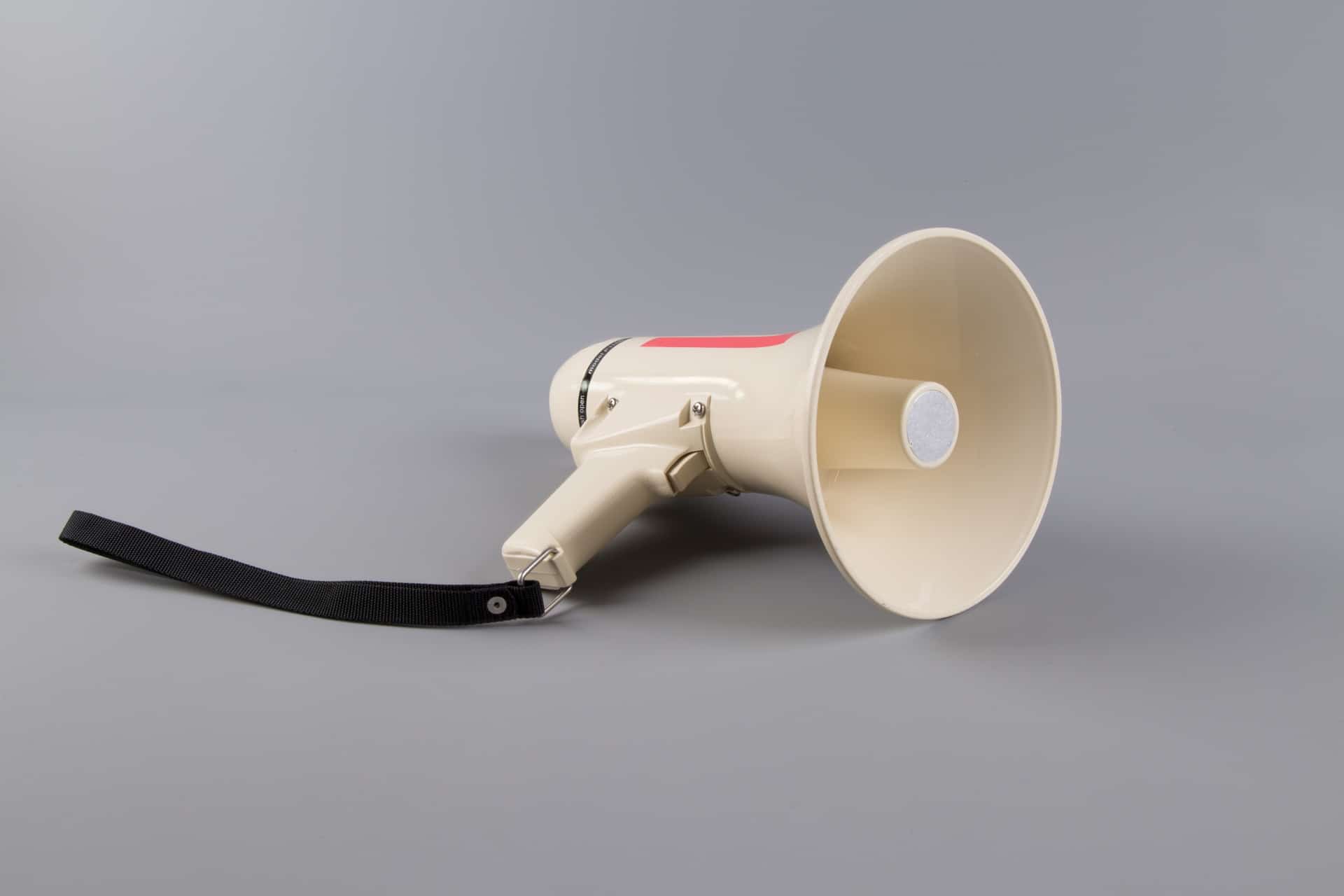US Surgeon General Dr. Vivek Murthy, says his 426-page report is a “call to action” in the midst of a crisis. Titled “Facing Addiction in America,” the report, released earlier today, was modeled after the breakthrough 1964 surgeon general’s report linking cigarettes to cancer. While on the campaign trail, addiction and recovery were hot topics, especially in states like New Hampshire and Ohio, who have experienced the pain and devastation that opioid addiction brings wherever it strikes.
As drug overdoses have surpassed car accidents as a cause of death in recent years, prescription painkillers have killed over 200,000 people since 1999. If you’re in the addiction or recovery field, these are familiar stastics, but they are crucial to understanding how dangerous the opiate epidemic has become.
Last year, Congress passed rare bipartisan legislation to address the opioid epidemic, but Republicans ended up rejecting President Obama’s request for a billion dollars of funding to implement the measures.
The report goes beyond funded mandates and lays out suggestions for the medical community, elected officials, law enforcement and other communities to do their part when it comes to preventing and treating addiction.
“For far too long, too many in our country have viewed addiction as a moral failing,” Murthy says in the report, laying the foundation for how addiction should be treated. “It is a chronic illness that we must approach with the same skill and compassion with which we approach heart disease, diabetes and cancer.” The report explains addiction as a “chronic brain disease” that has been stigmatized to the point people are reluctant to seek help. This is just one of the things the report hopes to change.
Suggestions in the begin with regular screening at health care provider’s offices – such as doctors, emergency rooms, psychiatrists, and other providers, and provide suggestions for interventions and referring patients to treatment. Drug courts, those who work with LGBT populations and at-risk populations are considered to be in a unique position to intervene and help substance abusers make better choices. In fact, social workers and others who work with populations such the mentally ill and the homeless are also considered to be an integral part of the solution.
The report lays out a giant blueprint of all the ways our country can work together to prevent and tackle addiction, meeting drug users where they’re at. The report also focuses on the importance of harm reduction, using tools such as naloxone, support groups and outpatient therapy, and suggests an arsenal of tools that institutions and communities can use to help addicts get help.
Unfortunately, one of the greatest barriers to treatment mentioned in the report is lack of funding. Many insurers don’t pay for all aspects of treatment that a person may need. And, according to the report, about 30% of those with substance abuse disorders don’t have insurance at all, leaving it almost impossible for them to afford the treatment they need. Because of this, cities, states and counties need funding to buy and provide treatment for those who need it most.
It’s unknown whether the new administration plans on tackling addiction on a federal level or will leave things “as-is”. Many members of Congress included campaign promised to battle addiction within their communities, but without federal funding, many of the suggestions in the report will be nothing more than suggestions.



Vivek Murtha is SURGEON General.
*Murthy